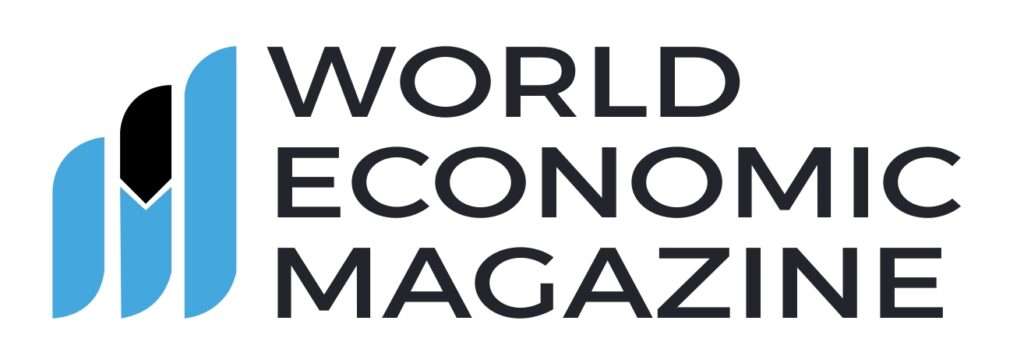
9-to-5 to Work from Anywhere, Anytime, A Global Shift Toward Flexibility and Focus
In 2025, job has left the building—literally. Work is no longer a place. It’s a network. A rhythm. A culture of trust. Whether you’re dialing in from a café in Lisbon, attending a team retreat in Cape Town, or enjoying a long weekend after a high-focus week, the question isn’t “Can this work?” It’s “Why didn’t we try this sooner?”
As laptops replaced desktops, kitchen tables became corner offices, and five-day weeks made way for experimental schedules, the very meaning of job has evolved. What began as a pandemic-driven necessity is now a seismic shift. Hybrid model, remote-first operations, and even four-day weeks are no longer exceptions. They’re becoming the new baseline.
But how does this new reality impact productivity, inclusion, and wellbeing? And are governments and companies really ready to sustain this shift?
Remote-First: A Model That Works
Companies that have embraced remote-first models are reporting measurable gains in productivity and talent retention. GitLab, one of the world’s largest all-remote companies, published an extensive Remote Work Report showing that 84% of their employee feel more productive working from home. The company has no central office, yet it manages more than 2,000 employee in over 60 countries.
Automattic, the parent company of WordPress, takes a similar stance. It offers a “work-from-anywhere” culture with generous travel stipends and in-person retreats. CEO Matt Mullenweg believes distributed teams are the future: “We hire the best person for the job regardless of location. It makes us more diverse, more agile, and ultimately, more effective.”
These companies are part of a larger trend. A 2024 Stanford University research paper by economist Nicholas Bloom revealed that remote employee are 13% more productive than their in-office counterparts, especially in roles involving deep, focused work. The study, titled “The Evolution of Working from Home”, analyzed data from over 30,000 U.S. employee and found that employee saved up to 70 minutes per day by avoiding commutes—time they often reinvested in both job and family.
National Policies and Productivity Payoffs
Governments, too, are adapting. Estonia, often hailed as the world’s most digital nation, offers a Digital Nomad Visa that legally allows foreign remote workers to live in the country for up to a year. Since 2020, the program has brought in over 2,000 remote employee, boosting local economies and filling talent gaps without adding strain to infrastructure.
Spain has also introduced a Startup Law that includes tax benefits and residency provisions for remote entrepreneurs and digital nomads. Portugal’s Madeira Island even created the “Digital Nomad Village”, a community built specifically for remote job holders.
These policies aren’t just attractive perks. They’re economic strategies. According to the World Bank’s 2023 Remote Work & Economic Mobility Report, countries that encourage location-independent professionals see gains in local spending, innovation spillovers, and even urban-rural balance.
In the Philippines, the Department of Information and Communications Technology partnered with private firms to support “work-from-anywhere” pilot zones in rural areas. By offering grants and infrastructure to companies willing to employ remote staff from non-metro locations, they aim to curb urban migration and promote inclusive growth.
Four Days, Full Output
One of the most radical shifts underway is the four-day week. Long considered utopian, it has now been tested at scale—and the results are compelling.
Between 2022 and 2023, 4 Day Week Global, a nonprofit advocating for reduced workweeks, conducted a pilot study across the U.S., Ireland, and Australia. Involving 61 companies and nearly 3,000 employees, the results were definitive:
- 92% of companies continued with the 4-day schedule after the trial.
- Employee burnout decreased by 71%.
- Productivity either stayed the same or improved at 95% of companies.
The trial’s findings, published by researchers at Boston College and the University of Cambridge, suggest that reducing work hours doesn’t harm performance—it actually enhances it when paired with intentional workflow design.
In Japan, companies like Panasonic and Microsoft Japan experimented with four-day weeks. Microsoft’s internal trial in 2019 showed a 40% increase in productivity. While not all Japanese firms have adopted the model permanently, it has opened up dialogue in a traditionally labor-intensive culture.
India’s financial firm Zerodha now offers employee a mix of hybrid flexibility and optional four-day weeks, citing better retention and healthier office culture.
Case Study: Iceland’s Workweek Revolution
Perhaps the most robust national case study comes from Iceland.
Between 2015 and 2019, over 2,500 workers (more than 1% of the population) participated in four-day workweek trials run by Reykjavik City Council and the national government. Conducted in collaboration with British think tank Autonomy and the Icelandic trade union federation, the trials covered a wide range of public sector jobs.
The result? Productivity remained stable or improved. Employee wellbeing—measured by stress, burnout, and work-life balance—significantly increased. Following the trials, 86% of Iceland’s workforce either moved to shorter hours or gained the right to negotiate them.
As Guðmundur D. Haraldsson, a researcher at Autonomy, said, “This shows that not only is it possible to work less in modern times, but it can actually lead to better outcomes for everyone involved.”
The Human Element: Autonomy and Belonging
Beyond policies and data, what’s most striking is how workers are responding emotionally to these shifts.
According to a 2024 Deloitte global survey on workforce trends, 67% of Gen Z and Millennials say they would quit their job if they were forced back into a rigid schedule. Flexibility isn’t just a perk; it’s an expectation. Employees want autonomy, but they also crave purpose and belonging.
Companies are listening. Spotify’s “Work From Anywhere” policy is paired with mental health check-ins, remote leadership training, and team-building retreats. Meanwhile, Atlassian uses a “Team Anywhere” structure that prioritizes timezone overlap over physical location.
As Tami Forman, CEO of Path Forward, puts it: “We need to stop measuring productivity by hours spent and start measuring it by value delivered.”
The future of job-world won’t look the same everywhere. Manufacturing, healthcare, and hospitality will need different strategies from software and finance. But the direction is clear.






